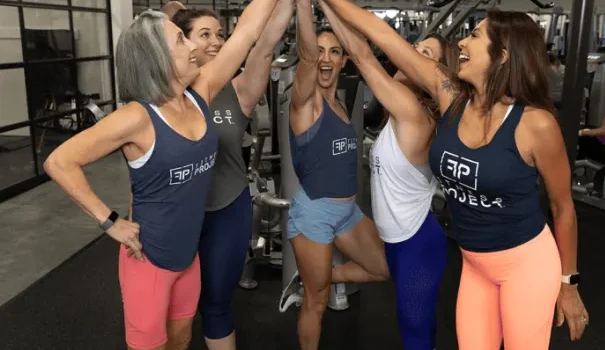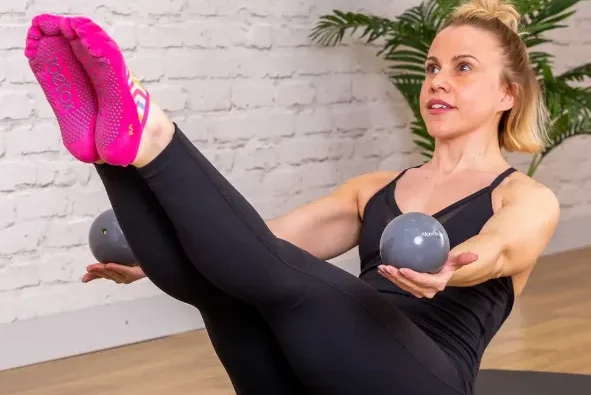
Whether you’re a fitness enthusiast or just starting out, finding the right fitness community can make all the difference in reaching your health and wellness goals. We all know that support is key to staying motivated and committed, but what happens when you’re unsure where to turn for that support? Finding a fitness community that aligns with your personality and values can provide the encouragement and accountability you need. Here are four steps to help you find the best group for your fitness journey.
Step 1: Understand Yourself First
The first step in finding the right fitness community is self-awareness. Understanding your personality and preferences will guide you in choosing the environment that best supports your goals. Take time to reflect on what energizes you—whether it’s a quiet, focused atmosphere or a high-energy, social setting. Tools like personality assessments, such as the Myers-Briggs Type Indicator or the Enneagram, can offer deeper insight into your preferences and tendencies.
For instance, reading Susan Cain’s Quiet helped me realize that I thrive in more introverted settings, which led me to a martial arts community that offers both intimate training and group support. Once you understand yourself better, you’ll be in a stronger position to identify the community that resonates with you.
Step 2: Look for Like-minded People
When you’re searching for a fitness community, think of it like finding a place of worship—it’s not just about the building, but about the people and shared values. The fitness group you choose should have members whose goals and attitudes align with yours. Whether you’re interested in weight loss, strength training, or improving general wellness, the community’s members should be working toward similar objectives.
A good “tribe” is defined by shared interests and goals. If your fellow gym-goers or fitness classmates have the same outlook on health and fitness as you, you’ll be more motivated to stick with your routine. Whether it’s running, yoga, or strength training, make sure the people you work alongside share your vision and passion.
Step 3: Choose the Right Type of Program
Once you’ve identified a group of like-minded individuals, it’s essential to choose a program that aligns with your needs. Not all fitness communities offer the same kind of support, and picking the right type of program is crucial for success. For instance, if your goal is to improve flexibility and mindfulness, a yoga class might be ideal. If you’re more focused on functional strength, martial arts or CrossFit could be a better fit.
Be mindful of the fitness industry’s focus on aesthetics and weight loss. True fitness isn’t about achieving a perfect physique—it’s about enhancing overall health and functionality. Look for a community that values wellness, skill development, and long-term health, rather than just short-term goals like burning calories.
Step 4: Get Support from Friends and Family
Having people in your life who support your fitness goals can make a significant impact. Studies show that exercising with others increases your chances of success. For example, a study published in Psychology of Sport and Exercise found that people are more likely to stick with an exercise routine when they have a workout partner.
Consider involving friends or a partner in your fitness journey. Research from Indiana University found that couples who exercised together had a significantly lower dropout rate compared to those who worked out separately. If you can find someone who shares your fitness goals, or at least supports your decision to prioritize health, it can make your fitness routine more enjoyable and sustainable.
Conclusion: Find Your Fitness Tribe
The key to staying motivated and reaching your health goals is finding a community that understands and supports your journey. By considering your personality, values, and goals, you can find the right fitness environment that will keep you engaged and motivated. Whether it’s a small group, a class, or a larger fitness center, having a community by your side can make all the difference in achieving long-term success. So, take the time to assess what you truly need in a fitness group, and then go out and find your people.












